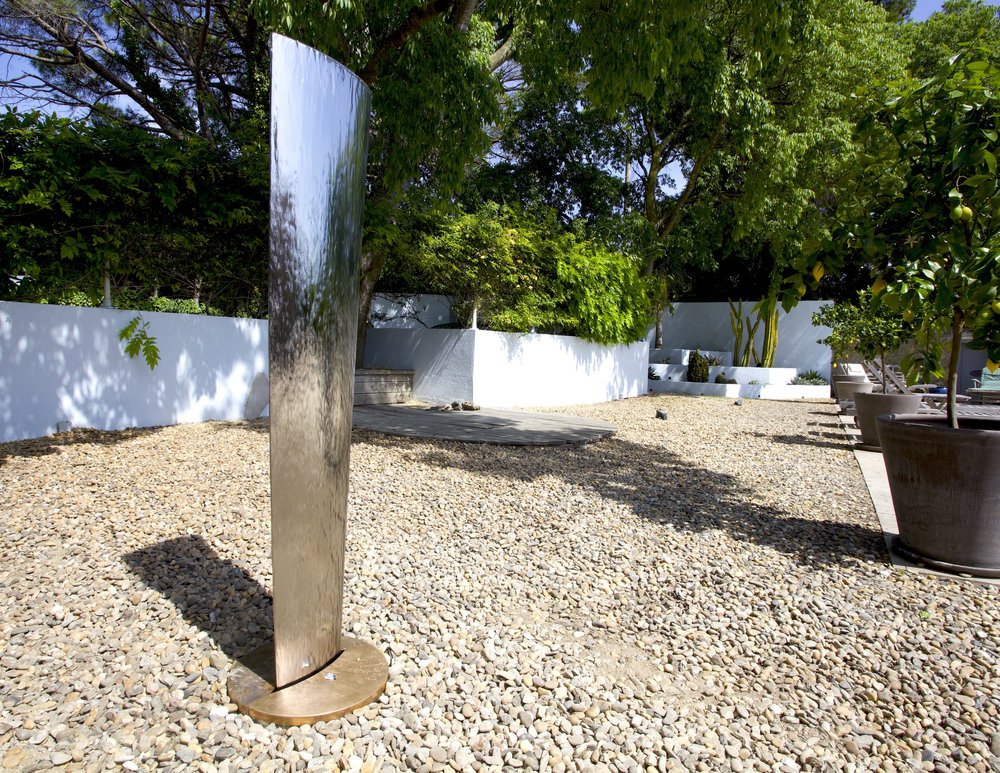Custom swords are more than just weapons; they are masterpieces of craftsmanship, each telling a unique story of tradition, skill, and artistic vision. The process of creating a custom sword is a delicate and intricate journey that requires mastery over various techniques and a deep understanding of the materials used. In this article, we’ll delve into the fascinating process of crafting handmade custom swords, highlighting the artistry and skill involved in bringing a sword to life.
1. Conceptualization and Design
The journey of creating a custom sword begins with a vision. This initial phase involves close collaboration between the swordsmith and the client. The sword’s purpose, historical inspiration, and the client’s personal preferences all play a vital role in shaping the design. Whether the sword is intended for ceremonial use, martial arts, or as a collector’s item, every detail, from the blade shape to the hilt design, is carefully considered.
Key Elements in Design:
- Blade Type: The blade’s shape, length, and curvature are determined based on the sword’s intended use and historical inspiration.
- Hilt Design: The design of the hilt, including the guard, grip, and pommel, is crafted to ensure both aesthetic appeal and functionality.
- Material Selection: The choice of materials for the blade, hilt, and fittings is crucial. High-carbon steel, Damascus steel, and stainless steel are common choices for the blade, while the hilt may feature materials like wood, leather, and various metals.
2. Forging the Blade
Once the design is finalized, the swordsmith begins the forging process, where raw metal is transformed into a blade. This stage requires immense skill and precision, as the blade’s strength, flexibility, and sharpness depend on how well the metal is forged.
Steps in Forging:
- Heating: The metal is heated in a forge until it reaches a malleable state. The temperature must be carefully controlled to avoid damaging the metal.
- Hammering: The heated metal is hammered to shape the blade. This process may be repeated several times, with the swordsmith carefully shaping the blade and refining its form.
- Folding: In traditional sword-making, particularly in Japanese styles, the metal is repeatedly folded to remove impurities and enhance the blade’s strength and flexibility.
- Quenching: After the blade is shaped, it is quenched in oil or water to harden the steel. This process requires precise timing to ensure the blade doesn’t become too brittle.
3. Grinding and Polishing
After the blade is forged and hardened, it undergoes a series of grinding and polishing steps. These processes refine the blade’s shape, sharpen the edge, and bring out the beauty of the metal.
Grinding Process:
- Rough Grinding: The blade is initially ground to remove excess metal and refine its shape. This step also begins the process of sharpening the edge.
- Fine Grinding: The blade is carefully ground to achieve the desired sharpness and thickness. At this stage, the swordsmith ensures the blade is perfectly balanced.
- Polishing: Polishing is a meticulous process that brings out the blade’s sheen and highlights the patterns in the steel, especially in Damascus blades. The swordsmith uses finer abrasives and stones to achieve a mirror-like finish.
4. Crafting the Hilt and Fittings
The hilt is an essential part of the sword, providing balance and control. Crafting the hilt involves several components, each requiring careful attention to detail.
Components of the Hilt:
- Guard (Tsuba): The guard is designed to protect the hand and may feature intricate designs, adding to the sword’s aesthetic appeal.
- Grip (Tsuka): The grip is wrapped in materials like leather, ray skin, or cord, providing a secure and comfortable hold.
- Pommel (Kashira): The pommel helps balance the sword and may be adorned with carvings or engravings.
- Fittings (Menuki, Fuchi, etc.): Additional fittings, such as decorative elements on the grip, add a personalized touch to the sword.
5. Assembly and Final Touches
With the blade polished and the hilt components crafted, the sword is ready for assembly. This stage involves carefully fitting the blade into the hilt, ensuring a secure and stable connection.
Final Assembly Steps:
- Blade Insertion: The tang of the blade is fitted into the grip, and the hilt components are assembled. The fit must be tight to ensure the sword’s durability.
- Securing the Blade: The blade is secured using traditional methods such as wooden pegs (mekugi) or epoxy, depending on the sword’s design and intended use.
- Final Polishing: After assembly, the sword undergoes a final polishing to ensure every element is flawless.
6. Testing and Certification
Before a custom sword is delivered to its new owner, it undergoes rigorous testing. The swordsmith tests the blade’s sharpness, balance, and durability to ensure it meets the highest standards.
Testing Techniques:
- Cutting Tests: The sword is tested on various materials to evaluate its cutting ability and edge retention.
- Flexibility Tests: The blade is bent to a specific degree to ensure it has the right balance of flexibility and rigidity.
- Certification: Some custom swords, particularly those made for martial arts, may receive certification from recognized organizations or swordsmithing guilds.
7. Presentation and Delivery
The final stage of the custom sword-making process is the presentation. The sword is often accompanied by a scabbard (saya) and a display stand, crafted to complement the sword’s design. The swordsmith may also provide documentation detailing the sword’s creation, materials used, and any historical significance.
Conclusion
Creating a custom sword is an art form that combines centuries-old techniques with modern innovations. Each sword is a testament to the swordsmith’s skill, dedication, and passion for their craft. Whether it’s a functional weapon or a work of art, a custom sword carries with it the legacy of the craft and the unique vision of its creator. For those who seek a sword that reflects their individuality, the process of creating a custom sword is as much about the journey as it is about the final product.



